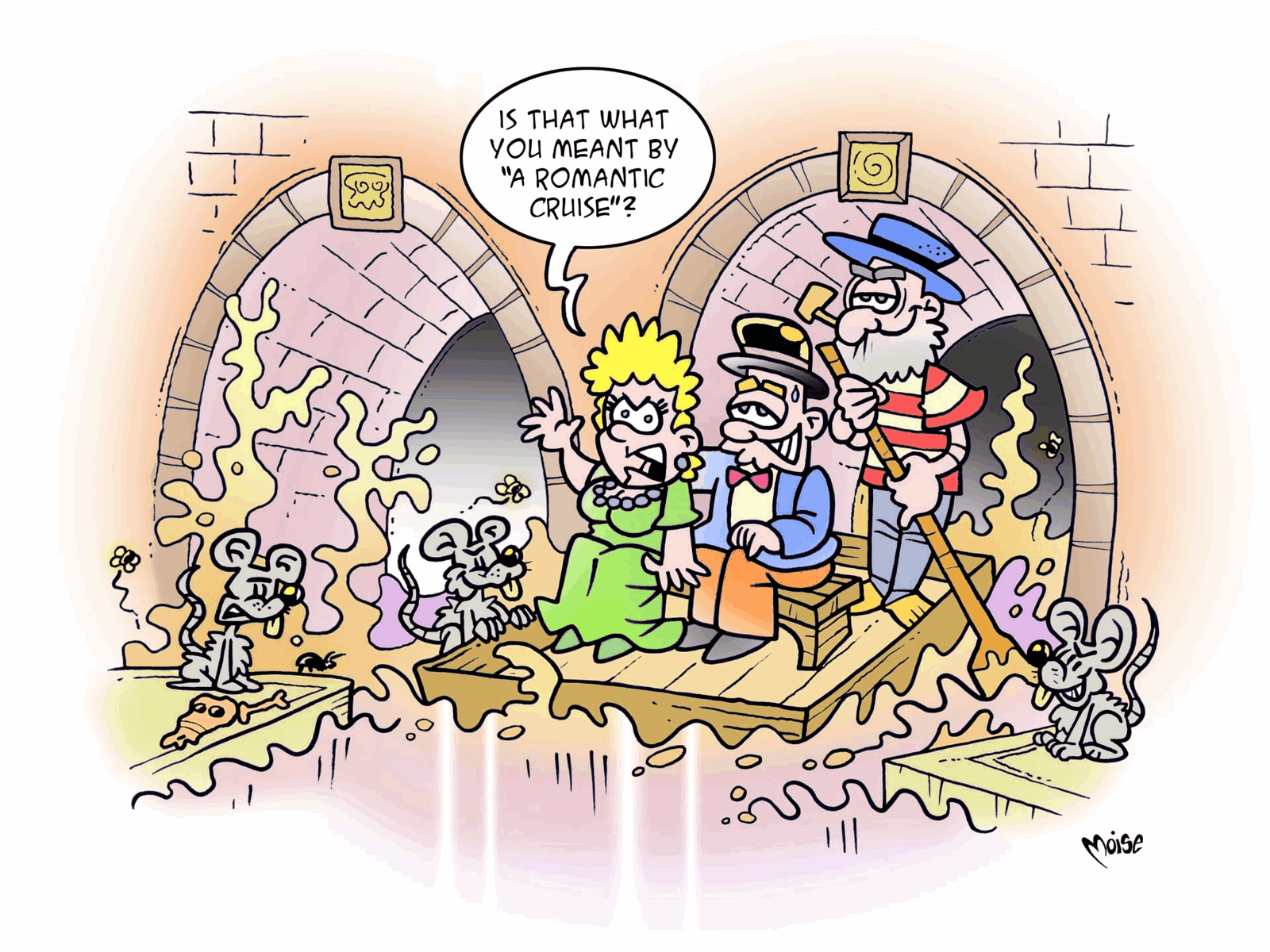
Sewers
 The problem of managing wastewater was not unique to London. In the second half of the 1800s, during the period of industrialisation, which increased urbanisation and consequently hygiene and health problems, the inadequacy of the sewage systems became apparent in many cities. In Paris, the planning and construction of modern sewers, coordinated by Eugène Belgrand, coincided with a thorough urban renewal and the creation of the "grands boulevards" designed by Baron Haussmann. Belgrand, created a dense web of underground ducts, capable of intercepting all the urban wastewater of the city. The new sewers became the symbol of progress, and even trips in little trains or on boats became a must for visitors to the Ville Lumière recommended by the tourist guides of the period!
The problem of managing wastewater was not unique to London. In the second half of the 1800s, during the period of industrialisation, which increased urbanisation and consequently hygiene and health problems, the inadequacy of the sewage systems became apparent in many cities. In Paris, the planning and construction of modern sewers, coordinated by Eugène Belgrand, coincided with a thorough urban renewal and the creation of the "grands boulevards" designed by Baron Haussmann. Belgrand, created a dense web of underground ducts, capable of intercepting all the urban wastewater of the city. The new sewers became the symbol of progress, and even trips in little trains or on boats became a must for visitors to the Ville Lumière recommended by the tourist guides of the period!
But the construction of the new sewers also encountered problems: at the discharge point, the Seine was described in the following way: “The water is completely black, heavy with mud and covered with gas bubbles (up to a metre in diameter in the summer!)”.
In the following decades, the successors of Haussmann, found themselves obliged to adopt a different system for the disposal of wastewater, which was made to flow into fields reserved for cultivation. In some sites, such as the model farm of Gennevilliers, the filtered sewage was used as fertilizer for agricultural produce. In the early 1900s, everyone was amazed at the richness of the harvests: “The sugar beets seem to have been taken from the tales of The Arabian Nights, and the oranges are as big as melons”, with the best hotels ordering the vegetables produced there.
The site also became an attraction for tourists who, in amazement, crossed the lush fields by train and drank a glass of fresh purified water at the end of the tour. The excursion was then rounded off with a dinner based on the cultivated carrots, potatoes, beans and peas!
Starting from the first decade of the 1900s, sewage began to be treated in wastewater treatment plants. But that’s another story...


